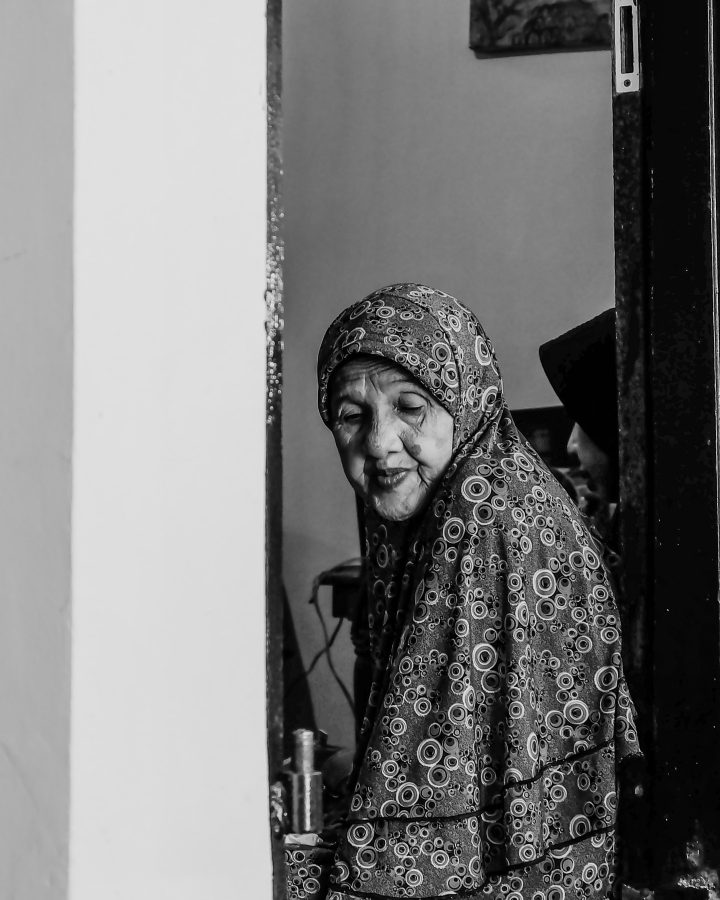The TV industry is the only place that seems to know nothing about religion and culture and yet attempts to ‘educate’ people about religion and culture.
For years, people have been criticizing the entertainment industry for not being diverse enough. Western media typically casts characters that are white and one-dimensional—the majority of which happen to be male! Women, people of color, and those that come from different religious backgrounds are rarely ever in the spotlight. Up until recently, Hollywood has lacked diversity and inclusion, especially regarding Middle Eastern representation in the TV industry.
Before diving into the meat of things, it’s important to be aware of a couple of things. The first of is that not all people who are from the middle east are considered to be Arab. There are various non-Arabic speaking countries that are considered to be a part of the middle east.
Secondly, not all Arabs are Muslims. This may come as a shock to many individuals, but yes, Arab Christians do exist. As matter of fact, Christianity is the second major religious group in the middle east. Furthermore, just like how not all Arabs are Muslim, not all Muslims are Arab!
And finally, let’s clear up the biggest stereotype of all, shall we? Just because a woman is Arab, or Muslim, or both, it does NOT mean that she is oppressed by her culture or faith.
With all that being said, let’s go ahead and take a look at how the TV industry represents its Arab and Muslim characters. Imagine you are watching your favorite TV show or film—have you ever noticed that the topic of religion is rarely ever brought up?. But if you take one of these shows, and add a Muslim character to it, you will automatically see a conflict that revolves around their faith, no questions asked.
A great example of this would be the Netflix show “Elite” (2). Elite is a Spanish show revolving around three new students attending a private school in Spain, where a bunch of drama and angst ensues. One of the three main characters is a Muslim hijabi girl, Nadia. Now if Nadia’s character didn’t come from a Muslim background, then I highly doubt the topic of faith would have been questioned or an issue in any sort of way. As matter of fact, I don’t think her faith would have even been brought up. But because Nadia is coming from a Muslim background—and mind you, the ONLY hijabi on the show—the producers deemed it necessary to make faith a major obstacle for the character. They depicted Nadia’s character as being oppressed by her culture and religion. And of course, they made her character falls in love with a white guy, for who she is more than willing to break her faith for. In reality, this something that rarely ever happens.
In addition, when the TV industry decides to add a Muslim or Arab character to the show, most of the time they are often portrayed as a villain. According to an article published by Thoughtco. “Hollywood films and television show frequently depicted Arabs as villains, if not outright terrorists, and misogynistic brutes with backward and mysterious customs.” (1). Middle Eastern characters in media are usually associated with two main things: where they come from, or the faith that they practice. When it comes to looking at where they come from, this generally makes these characters foreign even if they were born in America. Their family was born somewhere else, and this tends to portray them as different than all of the other characters in terms of culture. If the issue is not with their culture and where they come from, it’s what they practice in terms of faith. Every decision that they have to make, has to be associated with their faith. Taking these two things into consideration, and applying them to a character, masks their true identity. The character is usually unable of reaching their full potential because their image is reduced and focused on them being different than anyone else. Instead of allowing these characters to face the same obstacle that everyone else faces on their day-to day basis, they have to deal with different obstacles.
On the bright side, this situation seems to be changing gradually. More and more characters are being represented as who they are. Rather than mainly just where they come from or what the practice. The shows start to revolve around the personal values, and what they want to accomplish. This can be seen in shows like the Hulu Show “Ramy”, or “NCIS Los Angeles” where the characters hold on to their faith, and their culture, but it is not all that they represent. Despite these developments, this is still a small portion of representation. The TV industry still has a long way to go.
Conclusively, I feel like it safe to say, that the TV industry needs to do better. People from the Middle East are regular human beings, with emotions, and desires, just like everybody else. It’s time that the world sees them that way.
(1) Common Muslim and Arab Stereotypes in TV and Film (thoughtco.com)
(2) (Madrona, Dario, Montero, Carlos, creators. Elite. 2018, Netflix, www.netflix.com.)
Middle Eastern Representation On TV
By Nadeen El-Ansari
|
February 17, 2021

